Mapping the Area Surrounding the Pratt Library



Ecosystem Behind Pratt Lib.
Polyphonic Assemblage1, 2 (Linen, Paper, Ink, Embroidery Thread)
February 2024
Polyphonic Assemblage1, 2 (Linen, Paper, Ink, Embroidery Thread)
February 2024

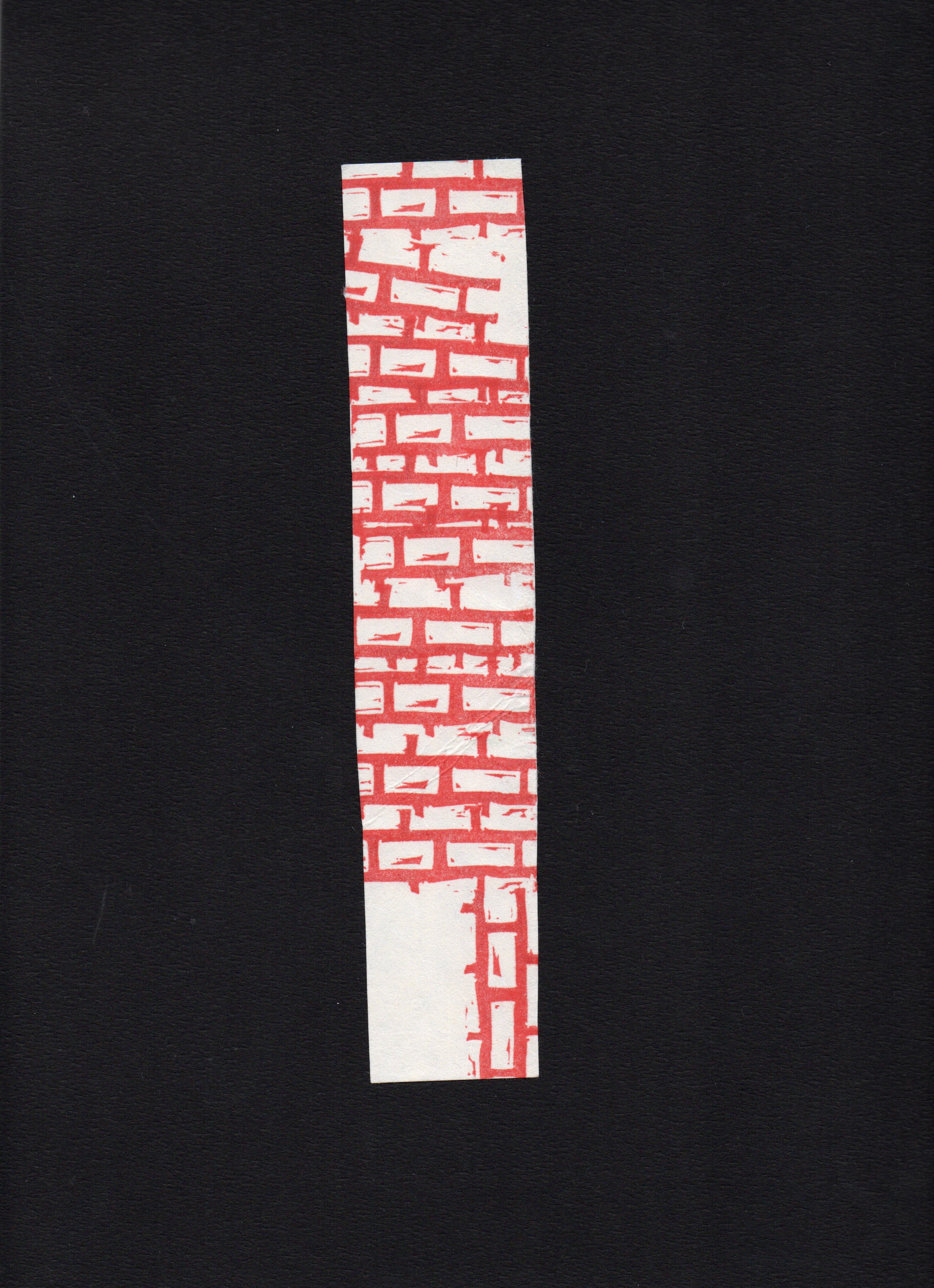
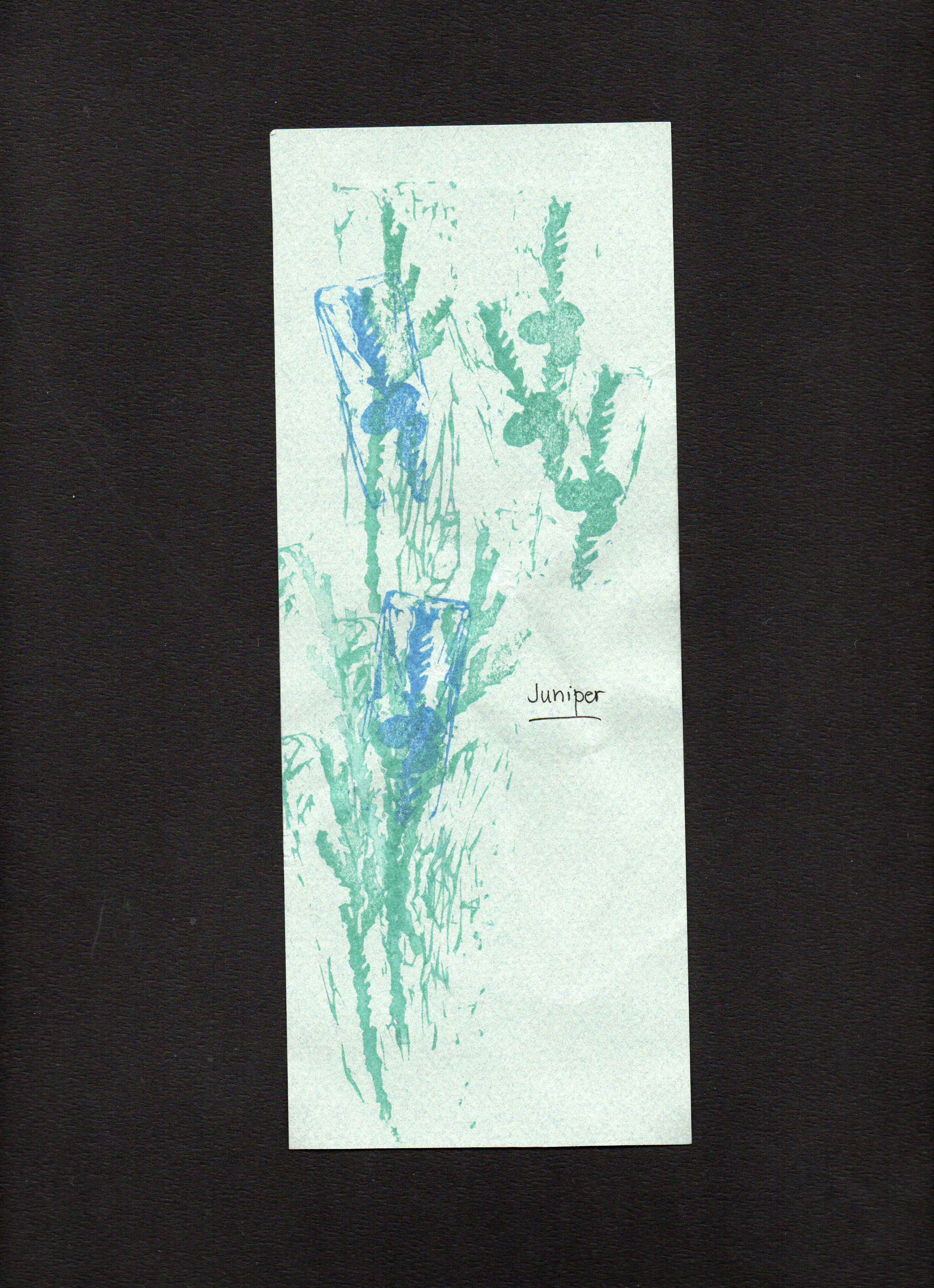

Impressions3
Paper, ink
Variable dimensions
January - February 2024
Paper, ink
Variable dimensions
January - February 2024
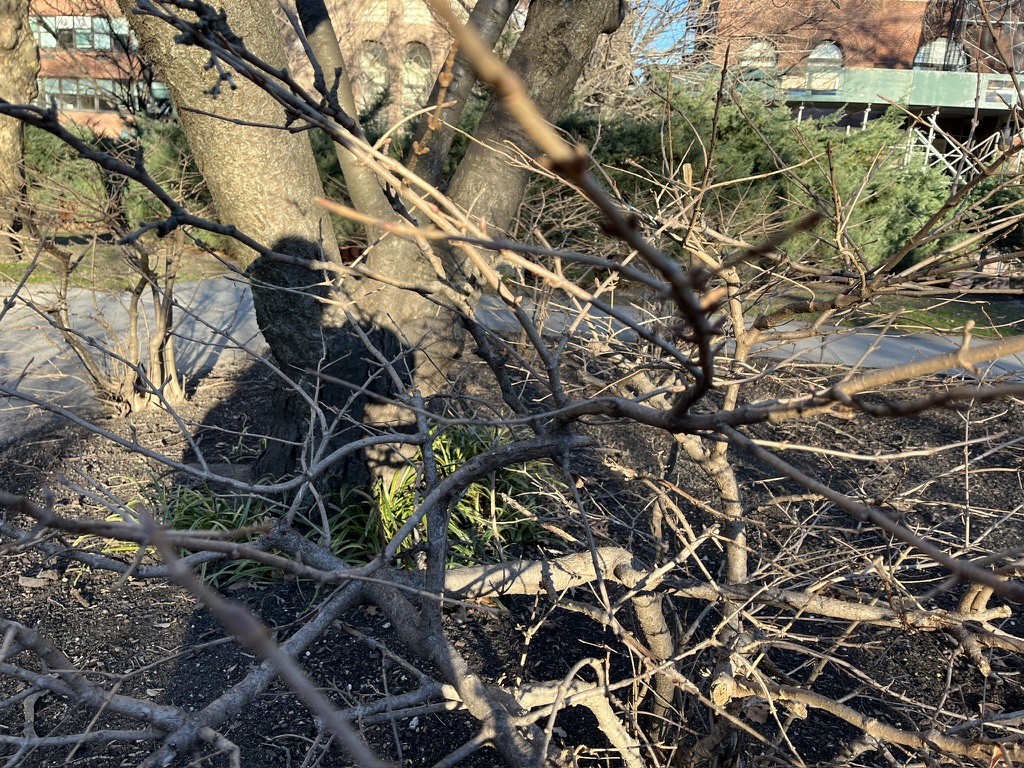

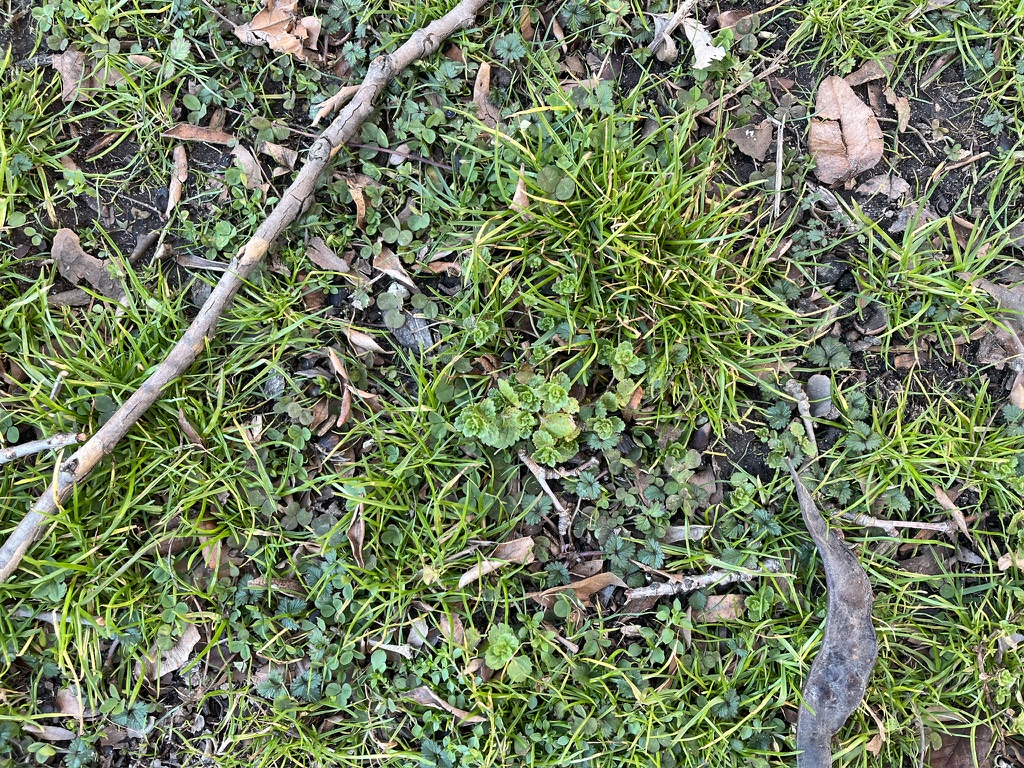

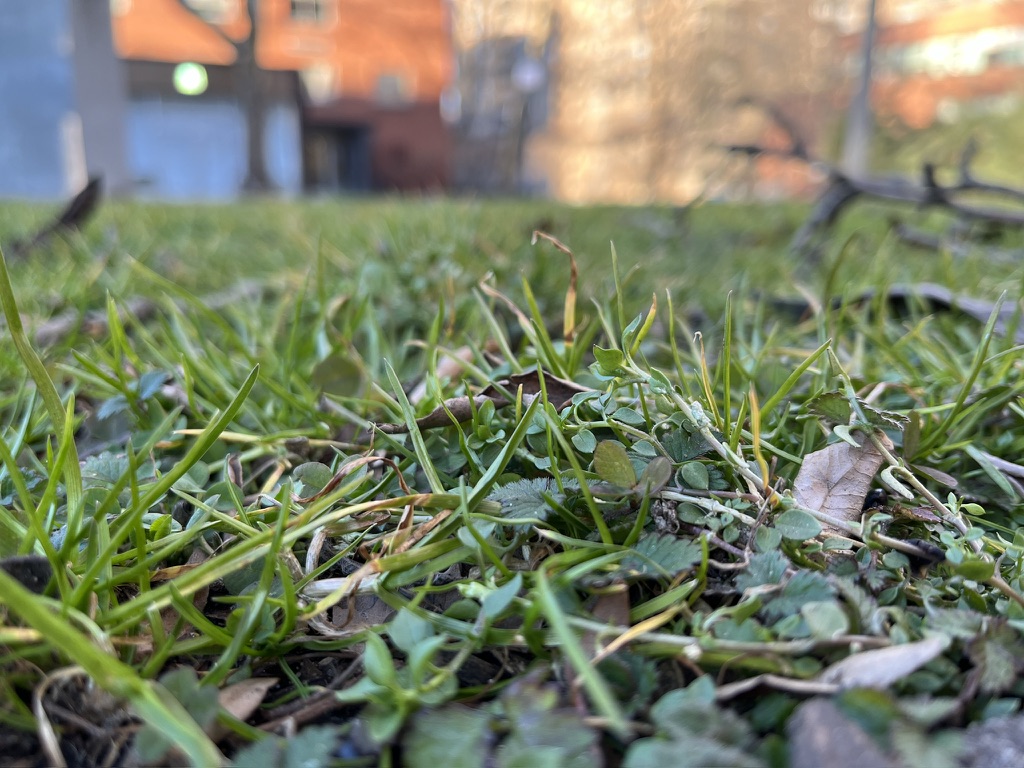


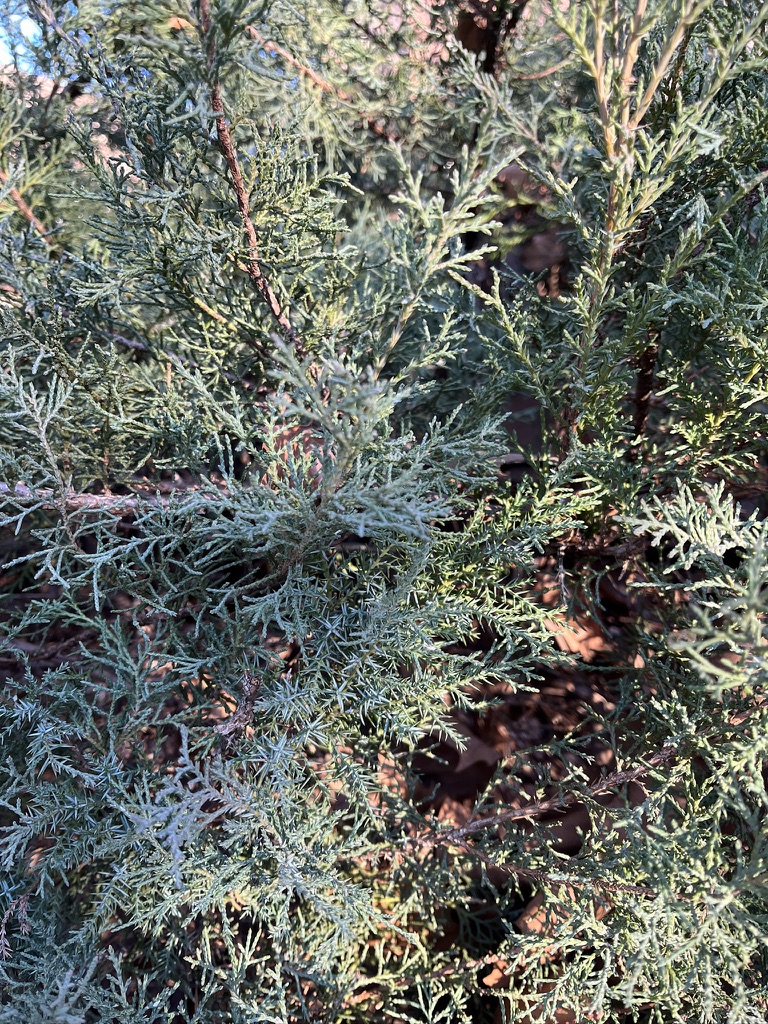
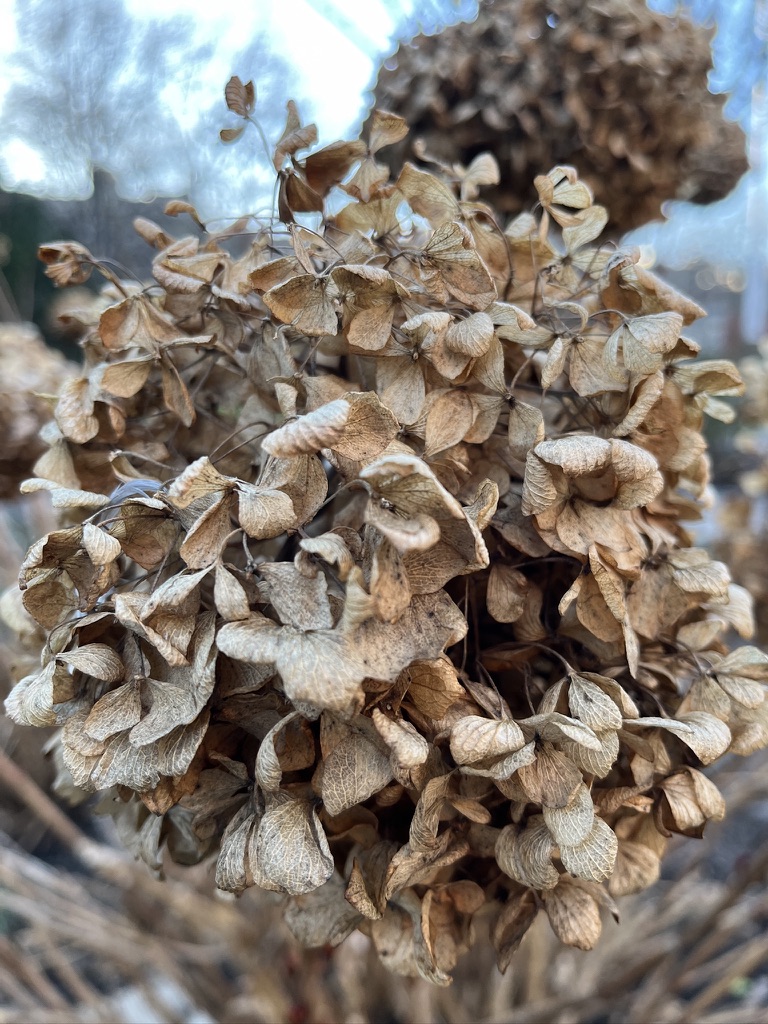
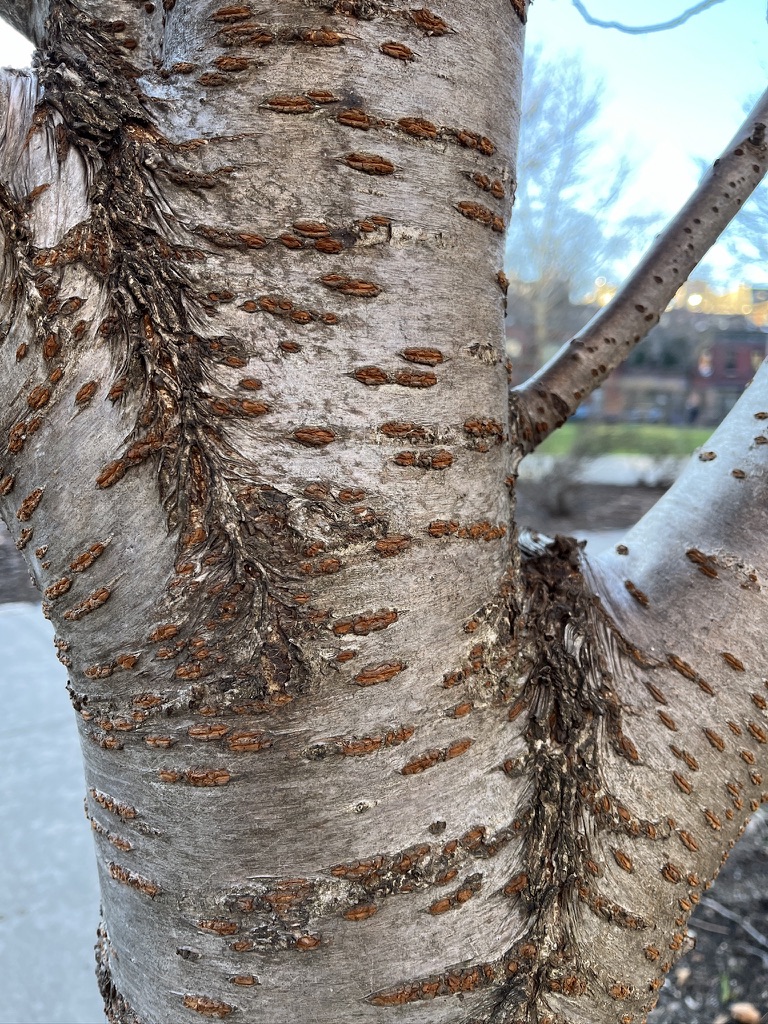
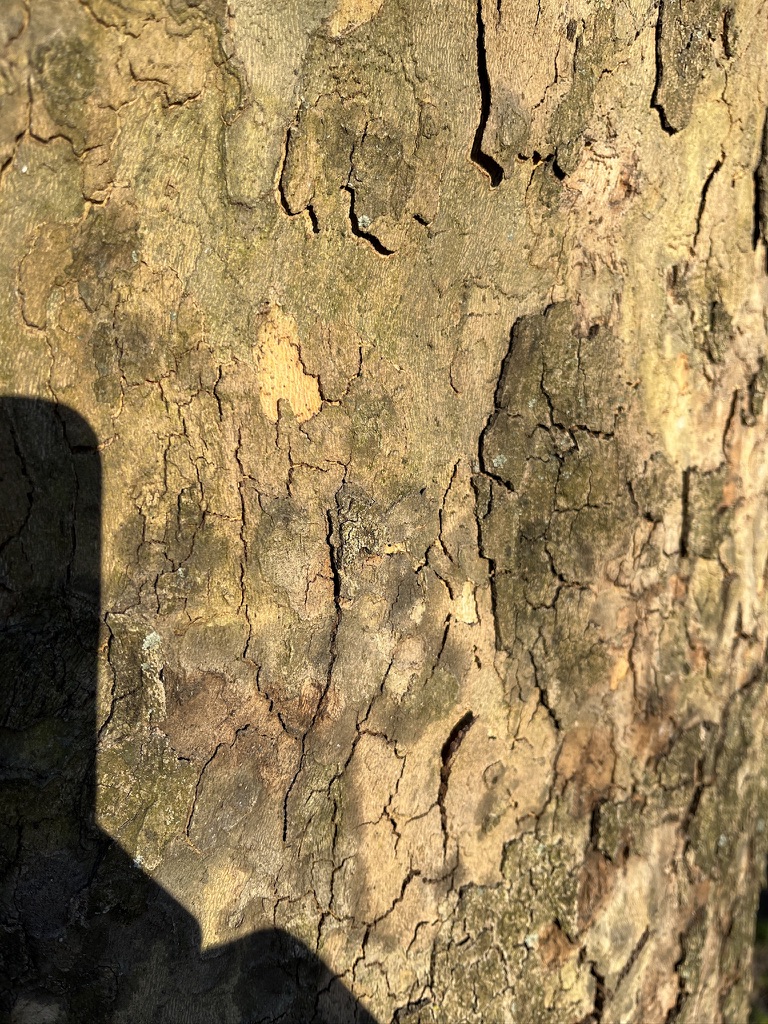
Rose Garden (Pratt Institute)
Digital photographs
January - February 2024
Digital photographs
January - February 2024
1 “Polyphonic Assemblage”—a term introduced by Anna Lowenhaupt Tsing to describe making that invites multiple perspectives. Polyphonic assemblages are messy and entangled. Polyphony allows for dissonance—that is, melodies that don't seem to follow a single rhythm. Indigenous knowledge systems, non-human actors, ancestral memory, intuition—these too are welcomed as part of that composition. 2 This polyphonic assemblage resembled a quilt.
3 The practice of cartography typically requires measurements and coordinates obtained with lasers and scanners. Accuracy is key. But I wanted to draw this map using data collected through physical contact. Quilts are handmade, so that tactility needs to inform the images on it as well. I used my hands and feet to collect information. I rubbed ink onto surfaces and captured impressions on paper. Sometimes, that didn’t work, especially on curved surfaces, so I carved the textures I felt into Pink Pearl erasers and used those to stamp patterns onto paper.